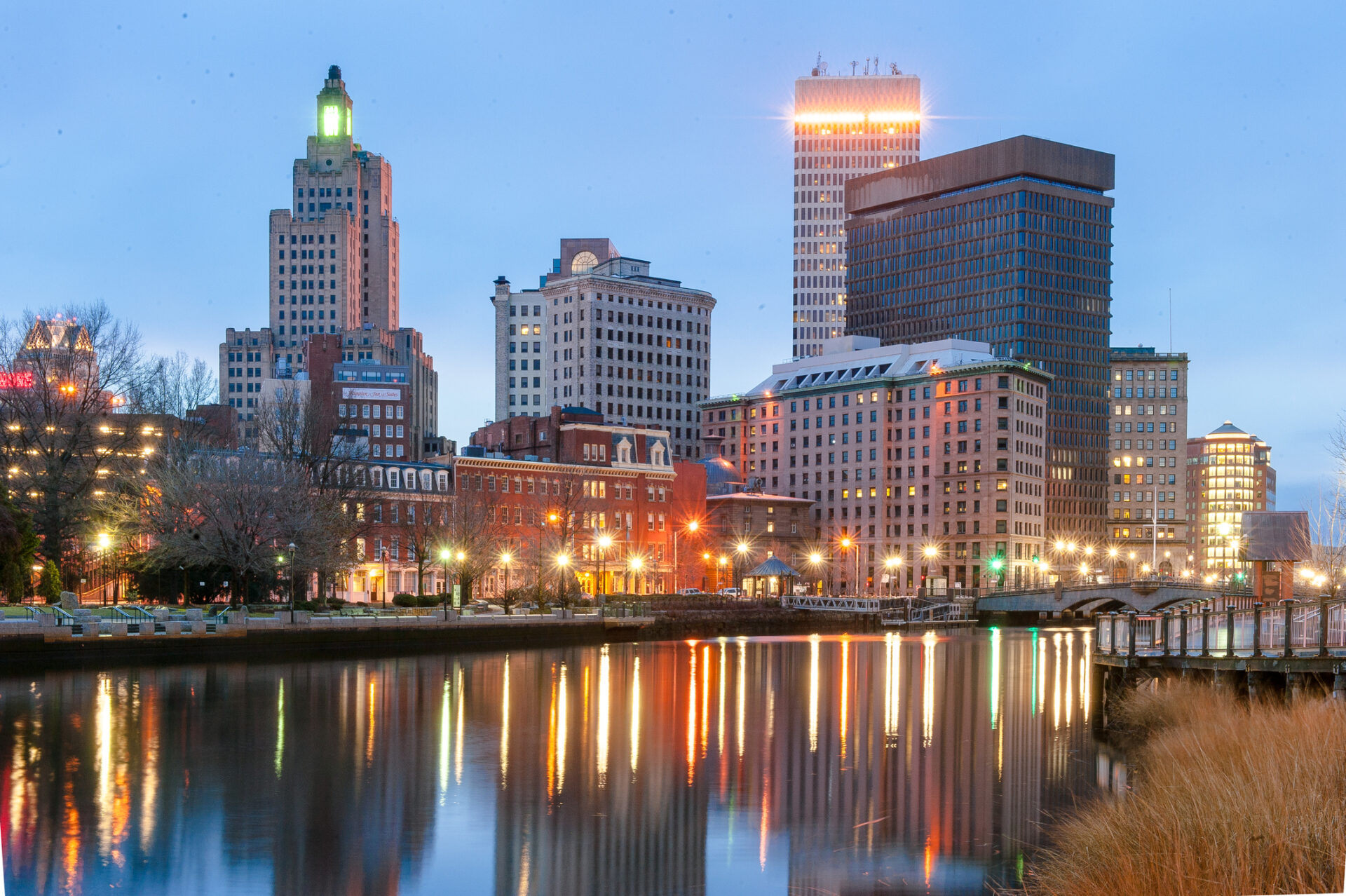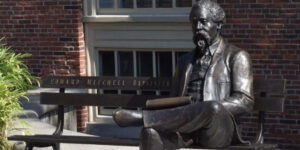
October 1, 2023
Providence’s PVDFest Unveils Statue Of Black Artist Edward M. Bannister
PVDFest, held from Sept. 8-11, is the signature cultural event in the capital city of Rhode Island. Founded in 1636, Providence is known as the birthplace of religious freedom and has experienced significant evolution over the last five decades.
Providence boasts a flourishing arts scene, along with lively and multifaceted neighborhoods that attract over 100,000 visitors to Downtown Providence each year for PVDFest.
“PVDFest is a celebration of the people who drive our Creative Capital: its artists, artisans, and the creatives within every sector of our beloved community,” Joe Wilson Jr., a veteran actor who runs the City’s Office of Art, Culture, and Tourism, says.

Home to prestigious schools like Brown University, Rhode Island School of Design, and Johnson & Wales, Providence is rich in art, culture, and African-American history.
The highlight of PVDFest was the unveiling of the Edward M. Bannister Sculpture, memorializing the impact Bannister had on American landscape art.
Edward Mitchell Bannister Statue: A Catalyst for Change
Unveiled during PVDFest, the Edward Mitchell Bannister statue represents a significant milestone in honoring the legacy of this esteemed African-American artist.
“The Bannister statue honors an abolitionist and social justice warrior who has left a somewhat forgotten legacy,” says Washawn Jones of the Bannister Community Art Project. “The courage it took Bannister to pursue a passion for art during a time when there was no place for black people cannot go without mention.”
Sculptures representing Black Americans, or the absence thereof, often go unnoticed as a gauge of racial advancement, yet they exist in plain view. These statues serve as dynamic symbols that can underscore the significance and presence of Black Americans. Conversely, the absence of such statues conveys a stark message of exclusion. In 2021, Monument Lab surveyed 48,178 statues, plaques, parks, and obelisks across the United States and found that less than 1% were of people of color.
Jennifer Davis-Allison of the Bannister Art Club describes the sculpture as a celebration but not the destination.
“There are three platforms that are important in continuing the significant contributions of Bannister. Education, art, and engagement are the pillars to carry on his legacy and integrate a learning experience,” says Davis-Allison.

The economic impact of PVDFest
Artists and performers from around the block and the globe converge in Providence to showcase their talent. The economic impact reached over $2 million for the city, with expectations to grow.
Providence artist and musician Spocka Summa see PVDFest as a driver of entrepreneurial activity. “If you have an idea, put yourself out there,” he says. “PVDFest is a playing field for entrepreneurs and creatives to share their unique abilities with tens of thousands of people.”
Sidi Maïga, a world-renowned Malian djembe drummer is a staple at PVDFest, sharing his West African Dance and Drum Festival: Afrika Nyaga.
“My partnership with the festival allows me to create something to unite the community,” Maïga says. “I also want to inspire and educate young people who see my performances. I want them to see it is possible to be a professional drummer and touch thousands of people through music”
A powerful statement
The unveiling of the Edward Mitchell Bannister statue at PVDFest is a powerful testament to the enduring importance of recognizing and celebrating African-American artists and visionaries in our society.
Not only does the stature pay homage to Bannister’s remarkable legacy as an abolitionist and artist, but also catalyzes change, reminding us of the courage it took to pursue a passion for art during a time of systemic inequality. Sculptures like Bannister’s are vital symbols that underscore the significance and presence of Black Americans in our cultural narrative.
As we continue to celebrate PVDFest’s vibrant arts scene and its economic impact, let us also remember the enduring importance of the Bannister statue as an instrument of education, art, and engagement, bridging the past and the present, and inspiring future generations to break barriers and make their mark on the world.
RELATED CONTENT: Afro-Cuban Artist Places Black People In Classic Renaissance Art In Spelman College Exhibit